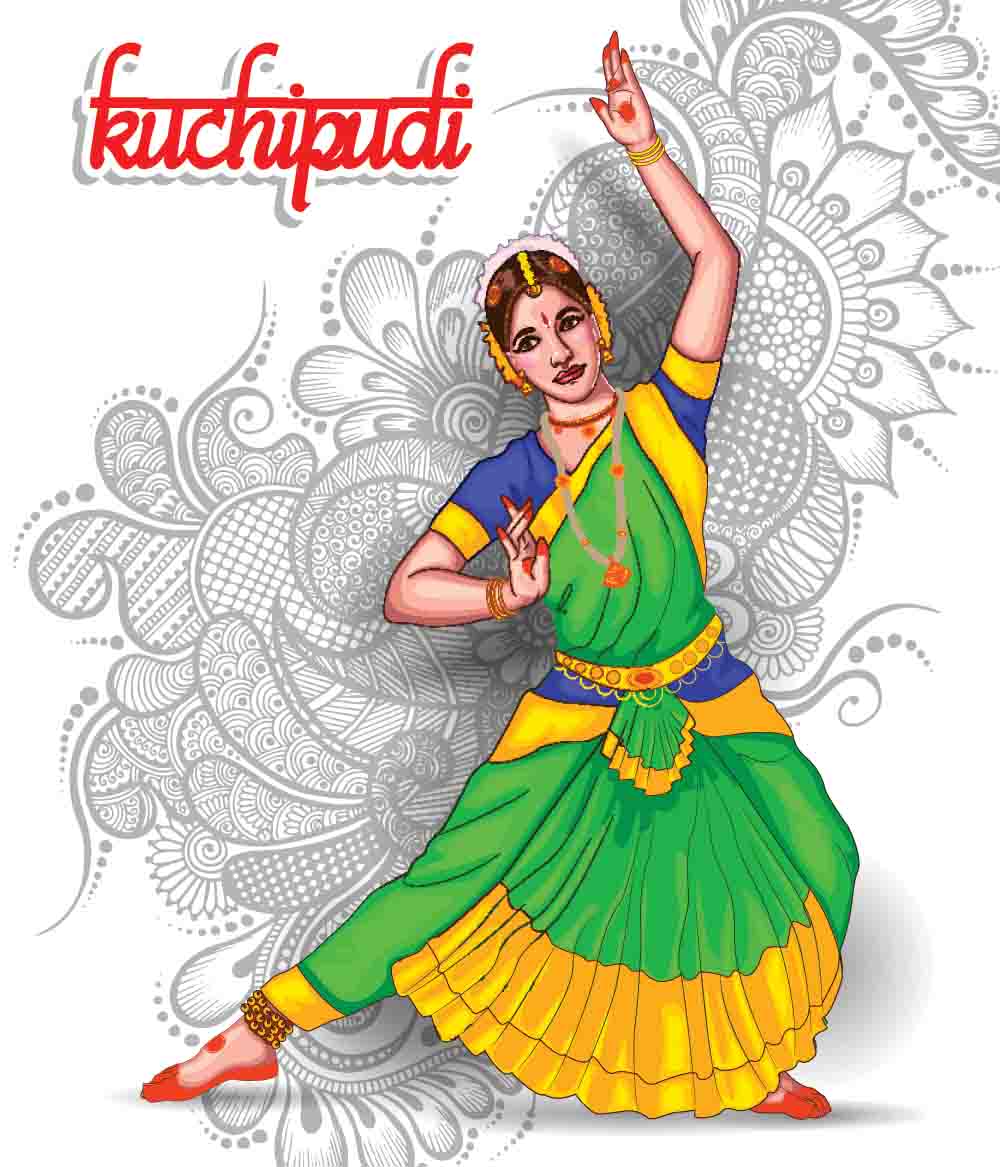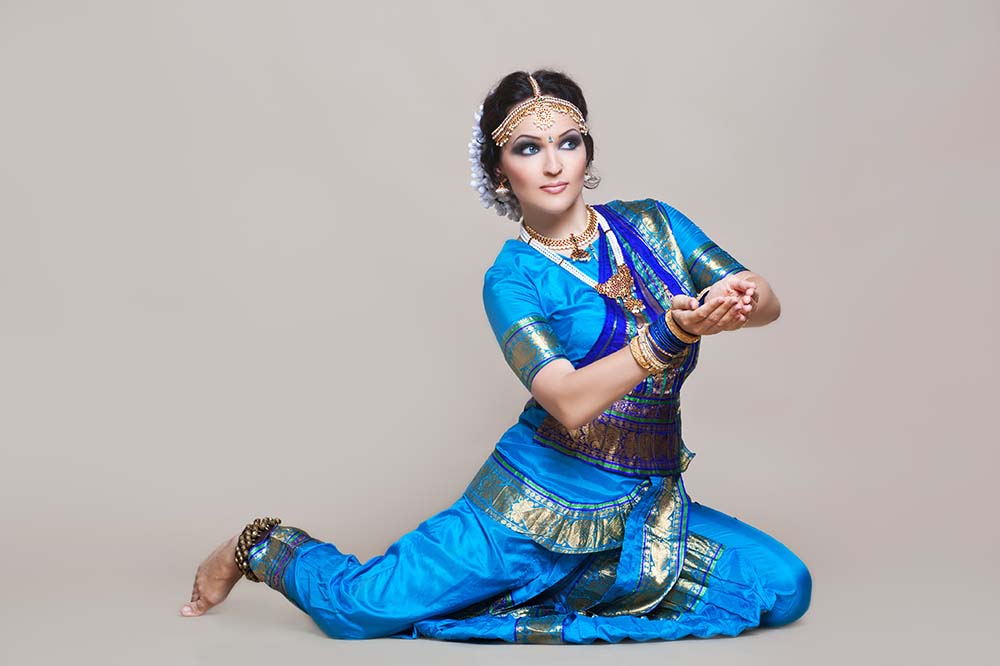Kuchipudi is a classical dance form that originated in the Indian state of Andhra Pradesh. Known for its fluid movements, intricate footwork and graceful expressions, Kuchipudi dance is a visual treat for audiences around the world.
The origin of Kuchipudi dance can be traced back to the third century BC. It is believed that the dance form originated in the village of Kuchipudi in Andhra Pradesh, India. In its early days, Kuchipudi was performed only by men, who played both male and female roles. However, over time, women also began to learn and perform the dance form.
Kuchipudi dance has evolved over the centuries and has gone through several changes. In medieval times, the dance form was performed in temples and was closely linked to the Hindu religion. The dance was performed as a form of worship and was accompanied by devotional music.
During the colonial rule in India, Kuchipudi dance faced opposition and was even banned in some places. However, it survived this difficult period and continued to evolve.
What is Kuchipudi Dance?
Kuchipudi dance is a classical Indian dance form that combines elements of music, dance and theatre. The dance form takes its name from the village of Kuchipudi, where it originated in the 17th century. Kuchipudi dance has a rich and diverse repertoire, ranging from pure dance sequences to expressive storytelling.

History and Evolution of Kuchipudi
The history of Kuchipudi dance can be traced back to the Bhakti movement in South India. Initially performed in temples and villages, the dance form gained recognition in the 20th century and has since become a popular classical dance form in India and abroad.
Development of Kuchipudi in the Medieval Era
During the medieval era, Kuchipudi dance was patronized by the kings and nobles of the Telugu-speaking regions. The dance form evolved as a means of entertainment and communication, with performers using gestures and expressions to convey stories and messages to the audience.
Opposition and Ban in Colonial Rule
During the colonial rule, Kuchipudi dance faced opposition and censorship from the British authorities, who viewed it as an immoral and indecent practice. However, the dance form continued to thrive in rural areas and was revived in the early 20th century by scholars and practitioners.
Repertoire of Kuchipudi
The repertoire of Kuchipudi dance includes various dance sequences, such as the Alarippu, Jatiswaram, Sabdam and Tillana. The dance form also includes expressive storytelling through dance-dramas, such as the Bhama Kalapam, Gollakalapam, and Ksheera Sagara Madhanam.
Costumes, Instruments and Music in Kuchipudi
Kuchipudi dance is known for its colourful costumes and elegant jewelry, which enhance the beauty of the dancers. The dance form also uses a variety of instruments such as the mridangam, veena and flute, to create a mesmerising musical experience for the audience.

Famous Personalities Associated with Kuchipudi
Kuchipudi dance has produced many famous personalities over the years, such as Vempati Chinna Satyam, Vedantam Satyanarayana Sarma and Yamini Krishnamurthy. These artists have contributed to the development and popularisation of the dance form in India and abroad.
Conclusion
Kuchipudi dance is not just a dance form but it is a part of the rich cultural heritage of India. It represents the beauty and grace of the Indian art and culture. Through the intricate movements and gestures, Kuchipudi dancers tell stories, express emotions and bring the ancient texts and myths to life.
In conclusion, Kuchipudi dance is a unique and beautiful dance form that represents the rich cultural heritage of India. It has a long and fascinating history, and its evolution is a testament to the resilience of Indian culture. Through its intricate movements, beautiful costumes, and soulful music, Kuchipudi dance continues to enchant audiences around the world.
FAQs
Is Kuchipudi a difficult dance form to learn?
Like all classical dance forms, Kuchipudi dance requires years of dedicated practice and training to master. However, with patience, perseverance, and the guidance of a skilled teacher, anyone can learn this beautiful dance form.
What is the difference between Kuchipudi and other classical dance forms?
Kuchipudi dance has its unique style and repertoire, which sets it apart from other classical dance forms in India. For instance, Kuchipudi dance incorporates a lot of brisk footwork, while other dance forms may focus more on hand gestures and facial expressions.
Can anyone perform Kuchipudi dance?
Kuchipudi dance is not restricted to any particular gender, age or caste. Anyone who has a passion for dance and a willingness to learn can perform Kuchipudi dance.
Where can I watch Kuchipudi dance performances?
Kuchipudi dance performances are regularly held in India and other parts of the world. You can check online for upcoming performances in your area or watch videos of past performances on platforms like YouTube.